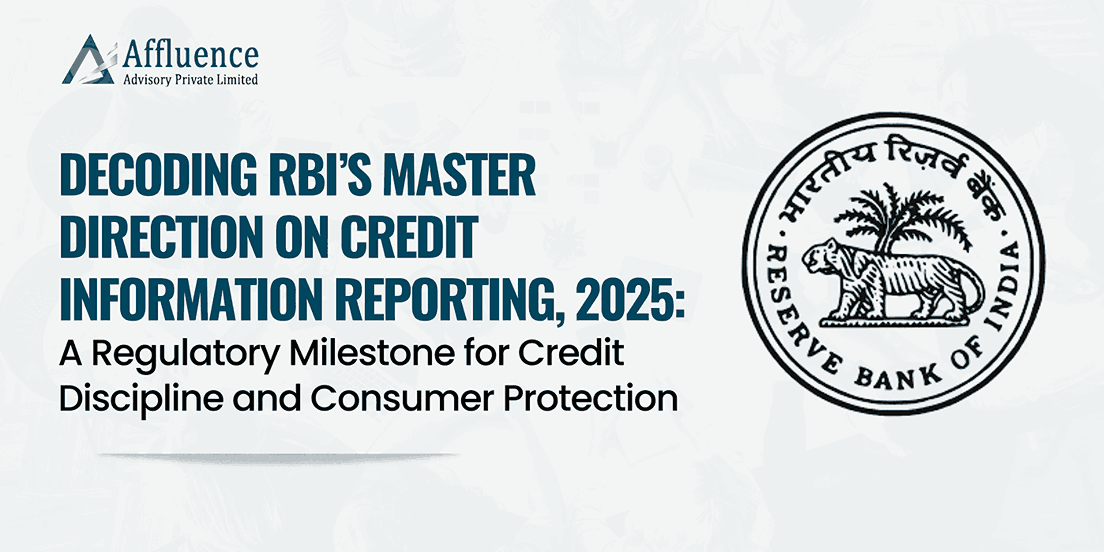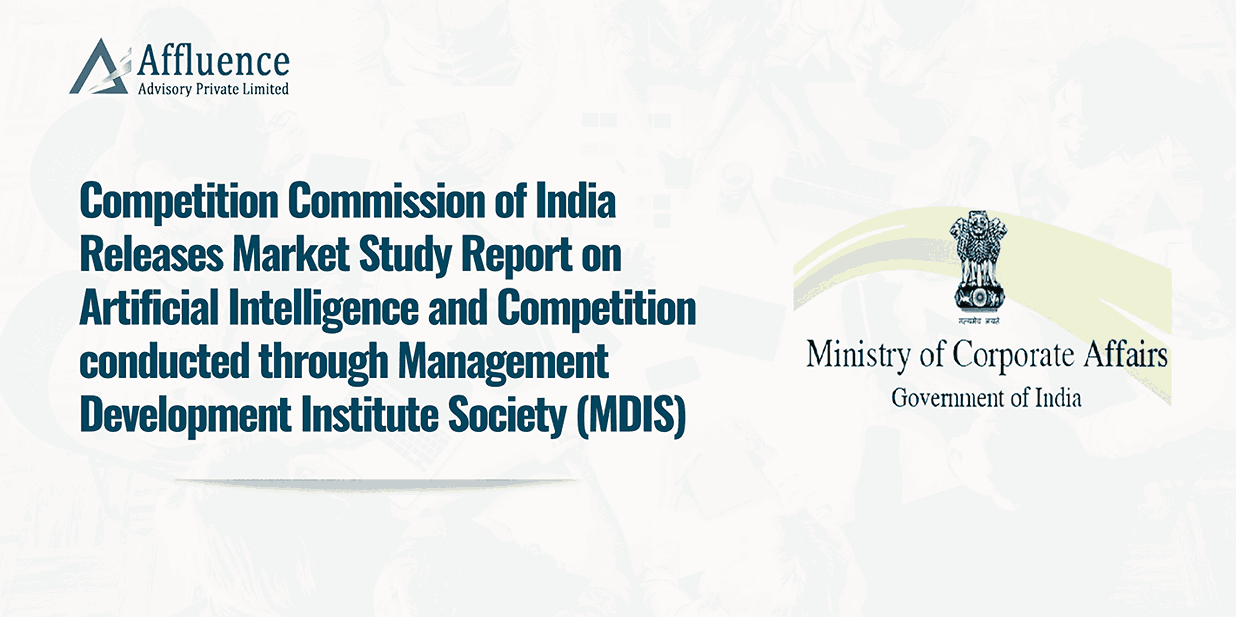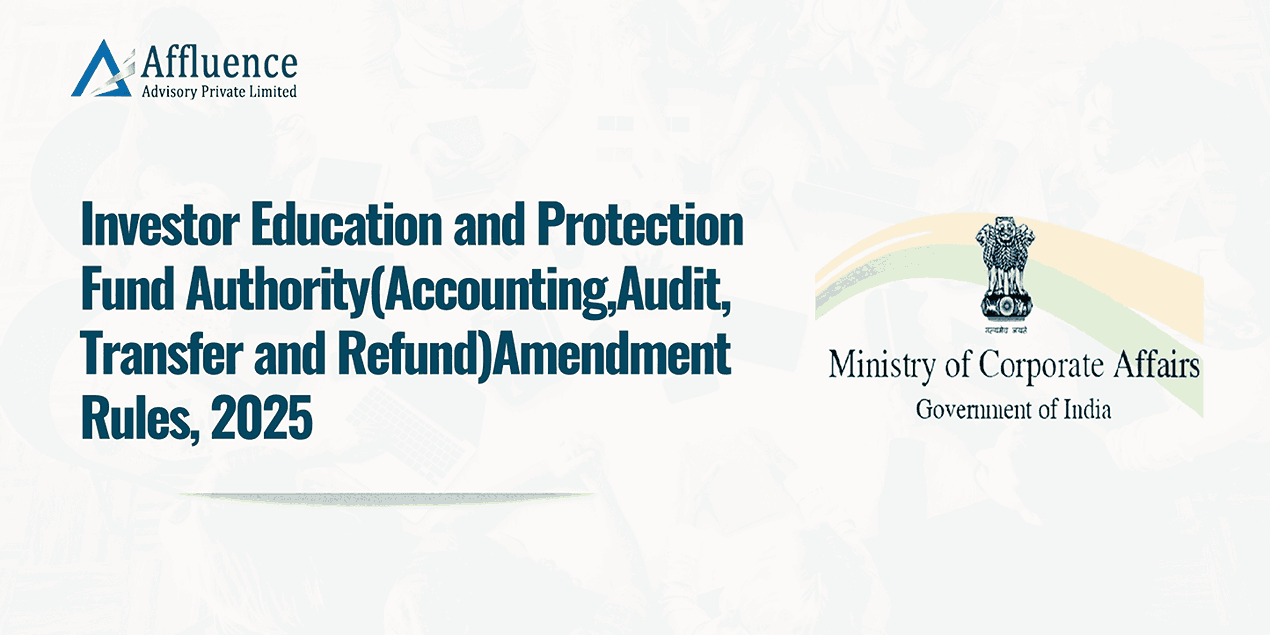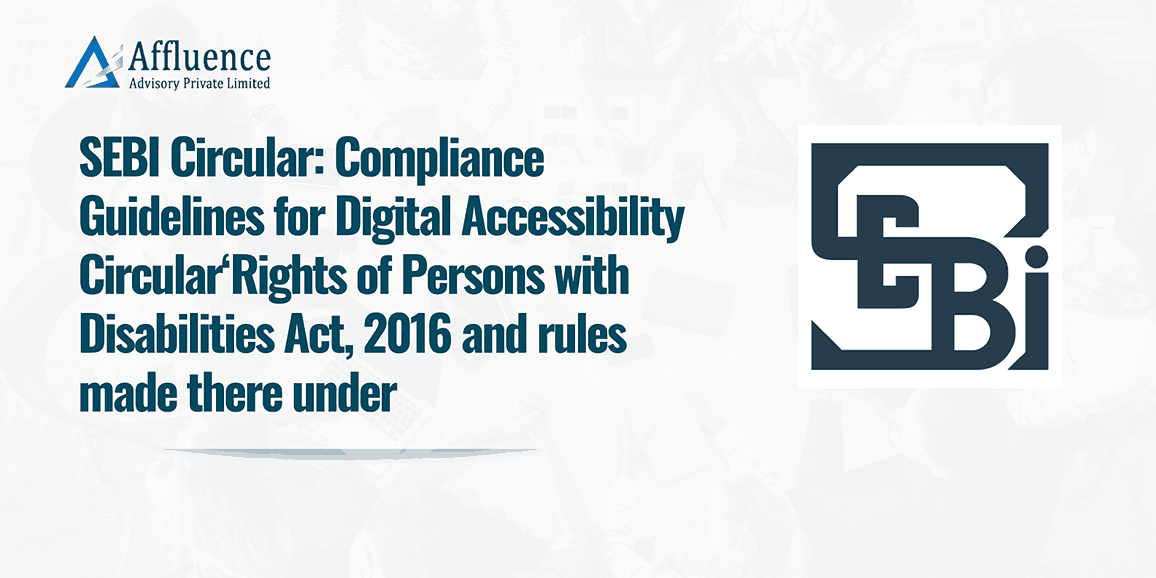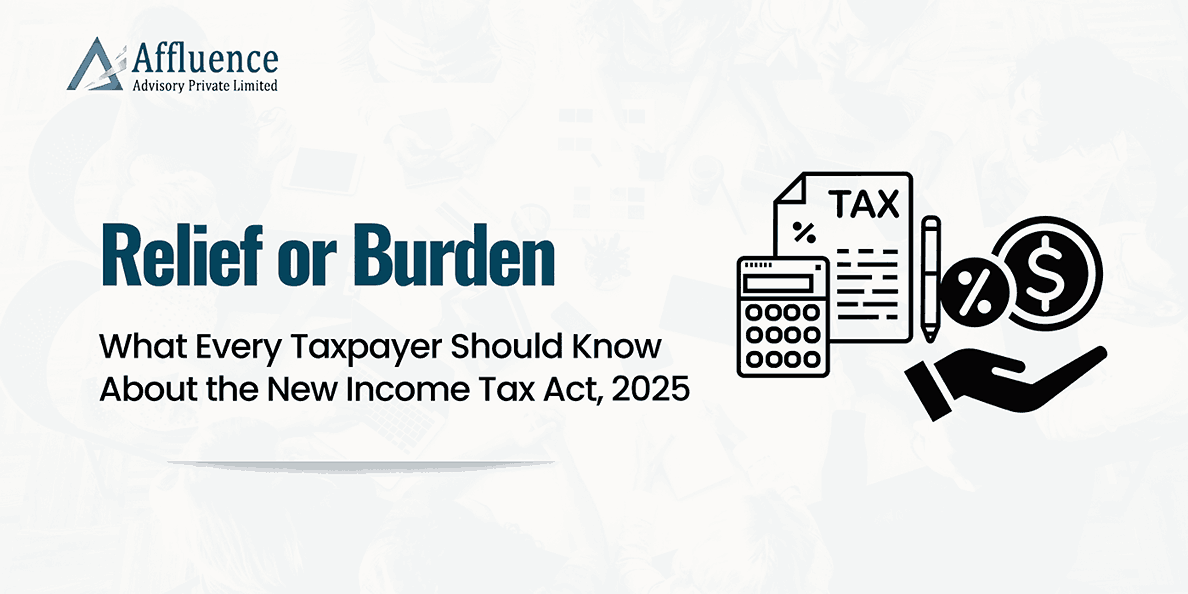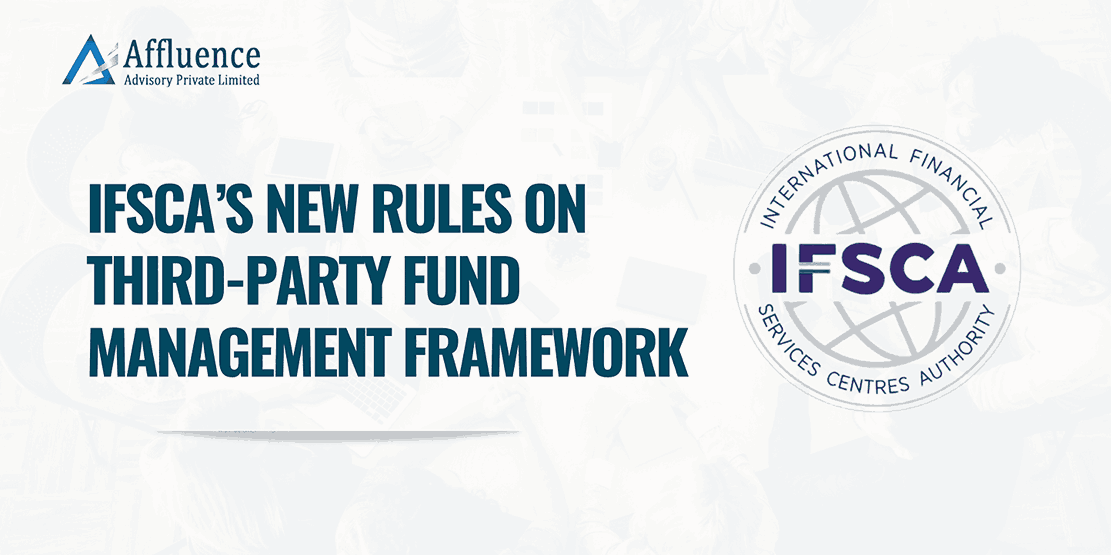Introduction
The Reserve Bank of India (RBI), in its continued commitment to promote financial discipline, transparency, and consumer empowerment, issued the Master Direction – Credit Information Reporting, 2025 on January 6, 2025. This comprehensive framework replaces and consolidates various past guidelines on credit information reporting issued under Section 11 of the Credit Information Companies (Regulation) Act, 2005 (CICRA).
The Master Direction mandates standardized credit reporting practices for all Credit Institutions (CIs) and Credit Information Companies (CICs), providing a transparent and robust mechanism for data sharing, customer grievance redressal, and quality assessment.
Objectives of the Master Direction
The new directive serves several purposes:
- Standardization: Unifies credit reporting formats across financial entities.
- Data Quality and Security: Emphasizes on accurate, complete, and secure credit information.
- Customer Empowerment: Ensures individuals have access to their credit data with proper recourse for grievances.
- Grievance Redressal: Establishes a time-bound, accountable system for resolving consumer disputes.
Scope and Applicability
The direction applies to:
- Credit Institutions (CIs):
(i) Banks –
a) All Commercial Banks (including Small Finance Banks, Local Area Banks and Rural Banks, and excluding Payment Banks)
b) All Primary (Urban) Co-operative Banks, State Co-operative Banks and Central Co-operative Banks
(ii) All India Financial Institutions (AIFIs) regulated by the Reserve Bank, viz.,
a) Export Import Bank of India (EXIM Bank)
b) National Bank for Agriculture and Rural Development (NABARD)
c) National Housing Bank (NHB)
d) Small Industries Development Bank of India (SIDBI) and
e) National Bank for Financing Infrastructure and Development (NaBFID)
(iii) All Non-Banking Financial Companies(including Housing Finance Companies)
(iv) All Asset Reconstruction Companies (ARCs)
- Credit Information Companies (CICs): Entities registered under Section 5 of CICRA.
- Specified Users (SUs): As defined under Regulation 3 of the Credit Information Companies Regulations, 2006
Also Read: RBI’s 2024 Guidelines: Master Direction on Commercial Paper and Non-Convertible Debentures with Up to One-Year Maturity
Key Provisions: Compliance Framework and Actionables
1. Membership and Fee Norms
- All CIs must be members of all CICs registered with RBI.
- Membership fee is capped at ₹10,000 (one-time) and ₹5,000 annually per CIC.
- CICs must perform annual compliance checks on SUs and obtain quarterly undertakings.
2. Standardized Credit Information Reporting
- Introduction of the Uniform Credit Reporting Format (UCRF):
- Form 1: Consumer Credit
- Form 2: Commercial Credit
- Form 3: Microfinance Credit, including SHG (Self Help Group) data
3. Data Submission and Timelines
- Fortnightly reporting (15th and last day of every month); data must be submitted to CICs within 7 calendar days.
- Historical and current borrower data must be reported.
- Credit data for SHGs must be reported at the individual member level.
4. Data Rejection and Rectification
- CICs must share rejection logic and errors with CIs.
- CIs must rectify rejected data and re-upload it within 7 days.
5. Use in Credit Appraisal
- Loan policies of CIs must require CIRs from at least one CIC before sanctioning credit.
6. Display of Information
- CIs must publish repossessed secured asset data on their website under SARFAESI Act, updated monthly.
7. Customer Alerts and Transparency
- SMS/email alerts are mandatory for CIR access and default reporting, provided customer contact details are available.
- CIs must raise awareness about providing updated mobile/email info.
Customer-Centric Provisions
8. Grievance Redressal Mechanism
- Every CI must designate a nodal officer for grievance handling and update CICs of any change within 5 calendar days.
- CIs must notify customers with reasons if correction requests are rejected.
9. Root Cause Analysis (RCA)
- Biannual RCA of complaints is mandatory; findings must be reviewed by CI top management annually.
10. Compensation for Delay
If complaints regarding credit information are not resolved within 30 calendar days:
- Customers are entitled to ₹100 per day of delay.
- The liability is shared between the CI and CIC based on the delay at each end.
- Compensation must be credited to the complainant within 5 working days of final resolution.
11. Use of Free Full Credit Reports (FFCR)
- CICs must provide one free credit report per calendar year, including credit score, on request.
Governance and Oversight
12. Integrated Ombudsman Compliance
- CICs and CIs must comply with the Reserve Bank – Integrated Ombudsman Scheme, 2021.
13. Internal Ombudsman
- Entities falling under RBI’s Internal Ombudsman framework must follow the Master Direction – Internal Ombudsman, 2023 (as amdended)
Best Practices and Data Quality
14. Data Quality Index (DQI)
- CICs must compute and share monthly DQI scores for Consumer, Commercial, and MFI segments.
- Declines in DQI must be explained to the respective CIs.
15. Technical Working Group (TWG)
- A TWG comprising representatives from banks, NBFCs, CICs, and industry bodies will review data formats annually.
- A sub-group of TWG will provide expert advice on technical and operational issues.
16. Best Practices for CIs and CICs
- CIs (excluding ARCs) must adopt governance and customer service best practices outlined in Annex XIV of the Master Direction
- CICs must implement complaint redress systems in line with Annex XV of the Master Direction, approved by their Boards.
Enforcement and Penalties
Non-compliance with the Master Direction can invite penalties under CICRA, 2005. The RBI retains the right to issue clarifications and its interpretations will be binding.
Conclusion
The RBI Master Direction on Credit Information Reporting, 2025 is a landmark regulatory effort aimed at streamlining India’s credit information framework. It significantly strengthens consumer rights, promotes data quality, and instills accountability in credit reporting. The directive not only ensures more informed credit decisions by financial institutions but also reinforces the overall integrity of India’s financial system.
As the ecosystem matures, these guidelines will serve as a cornerstone for responsible credit expansion, financial inclusion, and customer-centric innovation in credit delivery.
Disclaimer:This article provides general information existing at the time of preparation and we take no responsibility to update it with the subsequent changes in the law. The article is intended as a news update and Affluence Advisory neither assumes nor accepts any responsibility for any loss arising to any person acting or refraining from acting as a result of any material contained in this article. It is recommended that professional advice be taken based on specific facts and circumstances. This article does not substitute the need to refer to the original pronouncement.
CLICK HERE DOWNLOAD PDF

